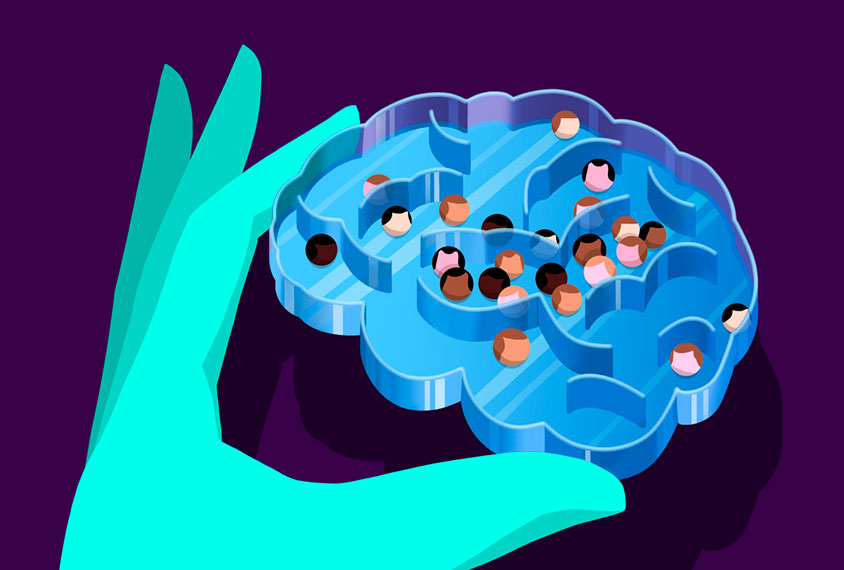Richard Bethlehem is a postdoctoral fellow and research associate at the Autism Research Centre and Brain Mapping Unit at the University of Cambridge in the United Kingdom. He studies integrated neuroimaging and transcriptomics to gain better understanding of the biological underpinnings of typical and atypical neurodevelopment.

Richard Bethlehem
Research associate
University of Cambridge
From this contributor
Q&A with Richard Bethlehem: What goes into a Brainhack
Brainhack conferences offer talks and hands-on tutorials, and unite small groups of interdisciplinary researchers to work on open-source neuroscience projects.

Q&A with Richard Bethlehem: What goes into a Brainhack
How normative modeling can reframe autism’s heterogeneity
Normative modeling could capture variability among autistic people and allow for individualized assessments.

How normative modeling can reframe autism’s heterogeneity
Explore more from The Transmitter
The Transmitter’s most-read neuroscience book excerpts of 2025
Books by Nachum Ulanovsky, Nicole Rust, and Andrew Iwaniuk and Georg Striedter made the list of some of the year's most engaging neuroscience titles.

The Transmitter’s most-read neuroscience book excerpts of 2025
Books by Nachum Ulanovsky, Nicole Rust, and Andrew Iwaniuk and Georg Striedter made the list of some of the year's most engaging neuroscience titles.
Neuroscience’s leaders, legacies and rising stars of 2025
Here are seven stories from the past year about some of the field’s most engaging figures.

Neuroscience’s leaders, legacies and rising stars of 2025
Here are seven stories from the past year about some of the field’s most engaging figures.
The Transmitter’s top news articles of 2025
Check out some of our most-read stories, covering neuroscience funding and policy changes in the United States, and methodological issues in high-profile neuroscience papers.

The Transmitter’s top news articles of 2025
Check out some of our most-read stories, covering neuroscience funding and policy changes in the United States, and methodological issues in high-profile neuroscience papers.